
Top Common Data Structures Every Programmer must know. Most of us struggled to grasp the concept of data structure’s concept. Although it might not be a favorite coding concept for some, it is one of the crucial staples for programming.
Anyhow, if you want to pass coding interviews, you must master data structures and algorithms.
And if you are someone still struggling to grasp what data structures are, how it helps with coding, and the types of data structures you might need to use, you are at the right place.
Today, we will learn everything about data structures to help you become a better programmer and crack any interview.
What is Data Structure?
Data structures define the way of storing and organizing data in local or cloud storage so that it can be efficiently accessed and used. It is used by programmers to solve complex problems by dividing them into small, manageable components.
Read: Data-Oriented Programming in Java
With a well-defined data structure, a company can improve algorithm performance while reducing the time, effort, and resources needed to process given data.
Data structures also represent the collection of data values, their relationships, and their functions. Apart from organizing data, you can also process and retrieve data using data structures.
Read: Cloud Migration
Every software application and program that has been developed till now uses basic and advanced data structures.
Read: Database Schema
Some of the benefits of using data structures are secured data storage, easy data processing, efficient data retrieving, effective algorithm designing, data reusability, modeling and visualization of real-life problems, data abstraction, dynamic memory allocation, and so much more.
Types of Data Structures
Now that we have a better understanding of Data Structures, it is time to look at the most common data structures programmers use.
Read: What is Data Pipeline Architecture
Data structures can be broadly divided into primitive and non-primitive data structures. While the primitive data structures consist of Int, Char, Boolean, and Float. The non-primitive ones are further subdivided into linear and non-linear data structures.
Read: What is DataOps
Arrays, Linked Lists, Queues, and Stacks are linear data structures; graphs and trees are non-linear data structures.
Primitive Data Structures for Programmers
Also known as basic data structures, it allows you to store only one data type at a time in a given location, as the data type and size of primitive data structures are pre-defined in almost every programming language.
These are of the following types:
- Integer (Int): It represents whole numbers from positive to negative including 0. Int has a size of 32 bits (4 bytes) and ranges between 232-1, i.e. -2,14,483,648 to 2,14,483,647.
- Character (Char): It is a fixed-length data structure that stores strings of single or multibyte numbers, letters, etc. Char has a size of 8 bits (1 byte) and ranges up to 28-1 which is 0 to 255.
- Boolean: It is a 1-byte data structure with one of two possible values, true or false, intended to represent the truth value of boolean algebra and logic.
- Float: It is used to store positive and negative decimal values. Float has a size of 4 bytes or 32 bits and ranges from 3.4 x 10-38 to 3.4 x 10+38.
Non-Primitive Data Structures for Programmers
On the other hand, non-primitive data are derived from primitive data structures that can be manipulated or processed through machine-level instructions.
It allows you to create a set of data elements that are either homogeneous (Linear) or heterogeneous (Non-Linear) and store them in adjacent or random storage locations.
Linear Data Structures for Programmers
These are the data structures where the same types of data elements are stored linearly or sequentially. Here, data is attached to its last and subsequent elements.
Linear non-primitive data structures can have a fixed or dynamic memory size depending on the program requirement.
Array Data Structures for Programmers
It is a collection of the same data type elements that are stored at contiguous memory locations in sequence. The requested memory space of arrays is fixed in length and it cannot be changed at run time.
The element can be accessed randomly by specifying its index value. Arrays can be one or multi-dimensional in storage.
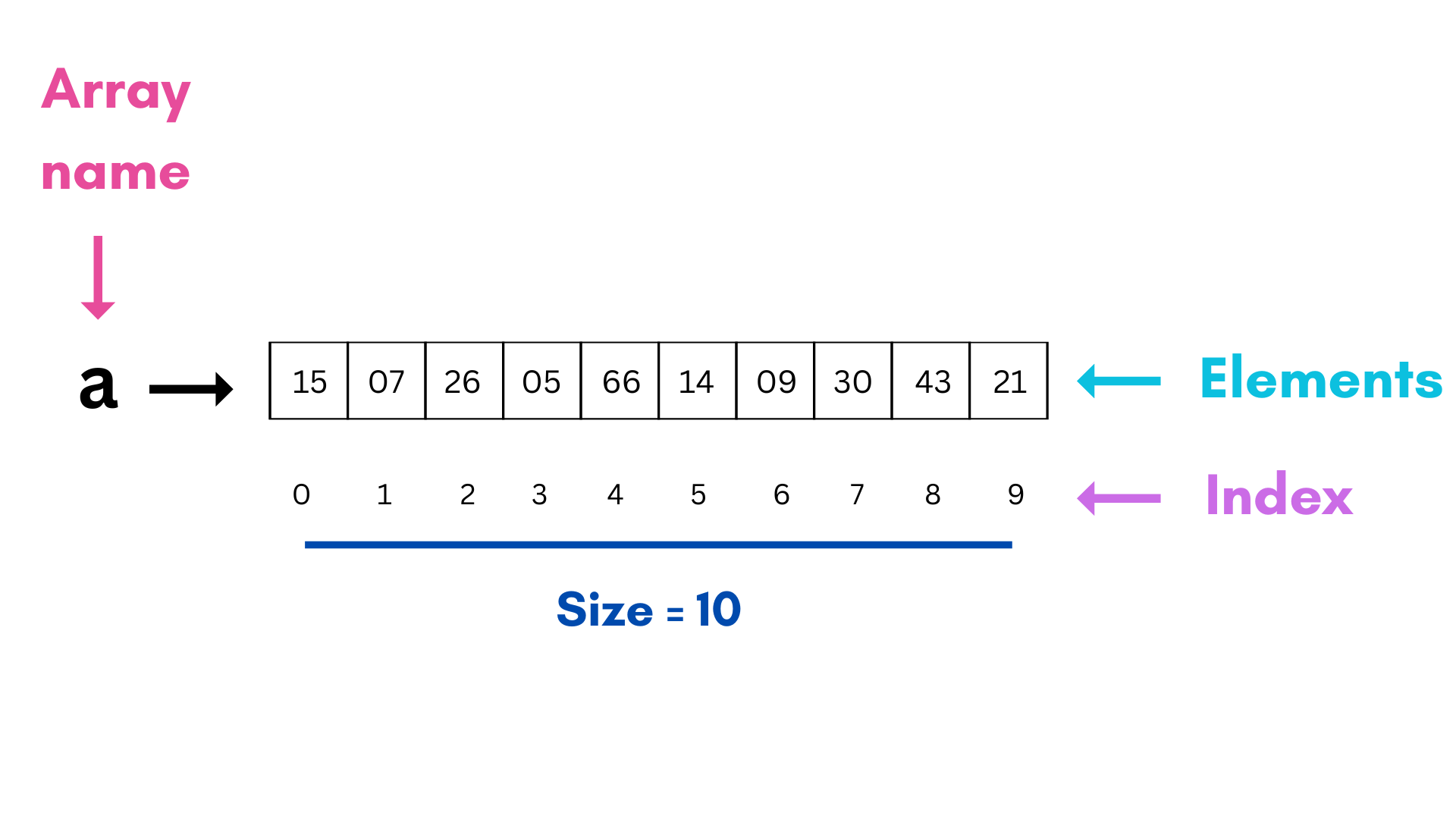
Linked List Data Structures for Programmers
In a linked list, data elements are arranged in a linear order and are connected. Rather than random data access, Linked List only allows sequential data access.
It offers a chained structure for storage where elements are linked through pointers and the previous elements point to the next one.
Linked List includes a series of nodes - where each node has two components: one store's data elements and the other points to the address of the next node.
The first element of the linked list is called ‘Head’ and the last one is called ‘Tail’.
It allows you to traverse data as a single-linked list (forward direction) and a double-linked list (both directions).
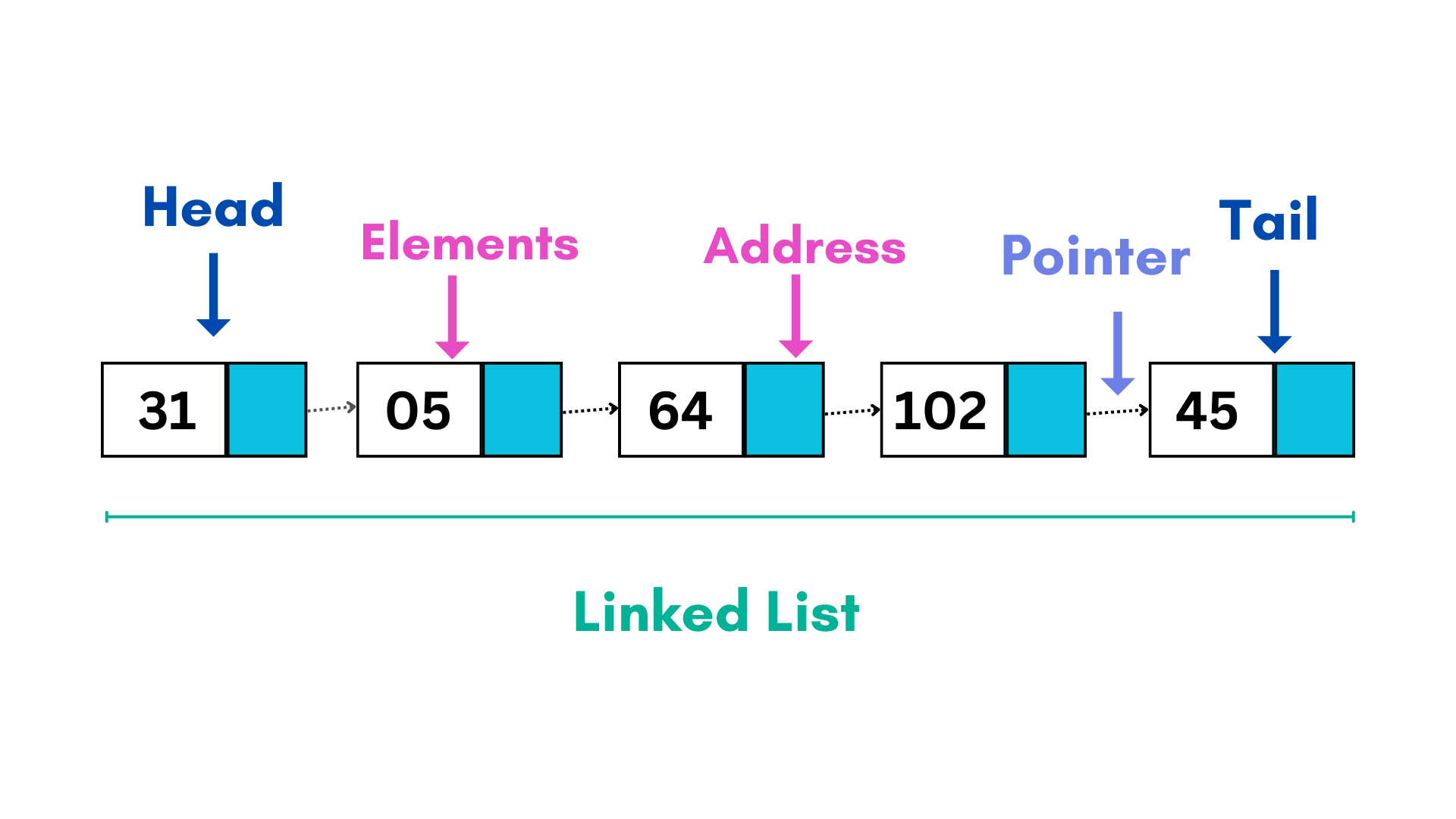
Queue Data Structures for Programmers
It has a First In First Out (FIFO) or a first come first serve structure. The queue is open from both sides, where all elements are added from one end and all deletions are made from the other end.
Enqueue (inserting elements) and dequeue (deleting elements) are the two operations performed in the queue data structure. The queue is used for multi-threading programming or priority queue systems.
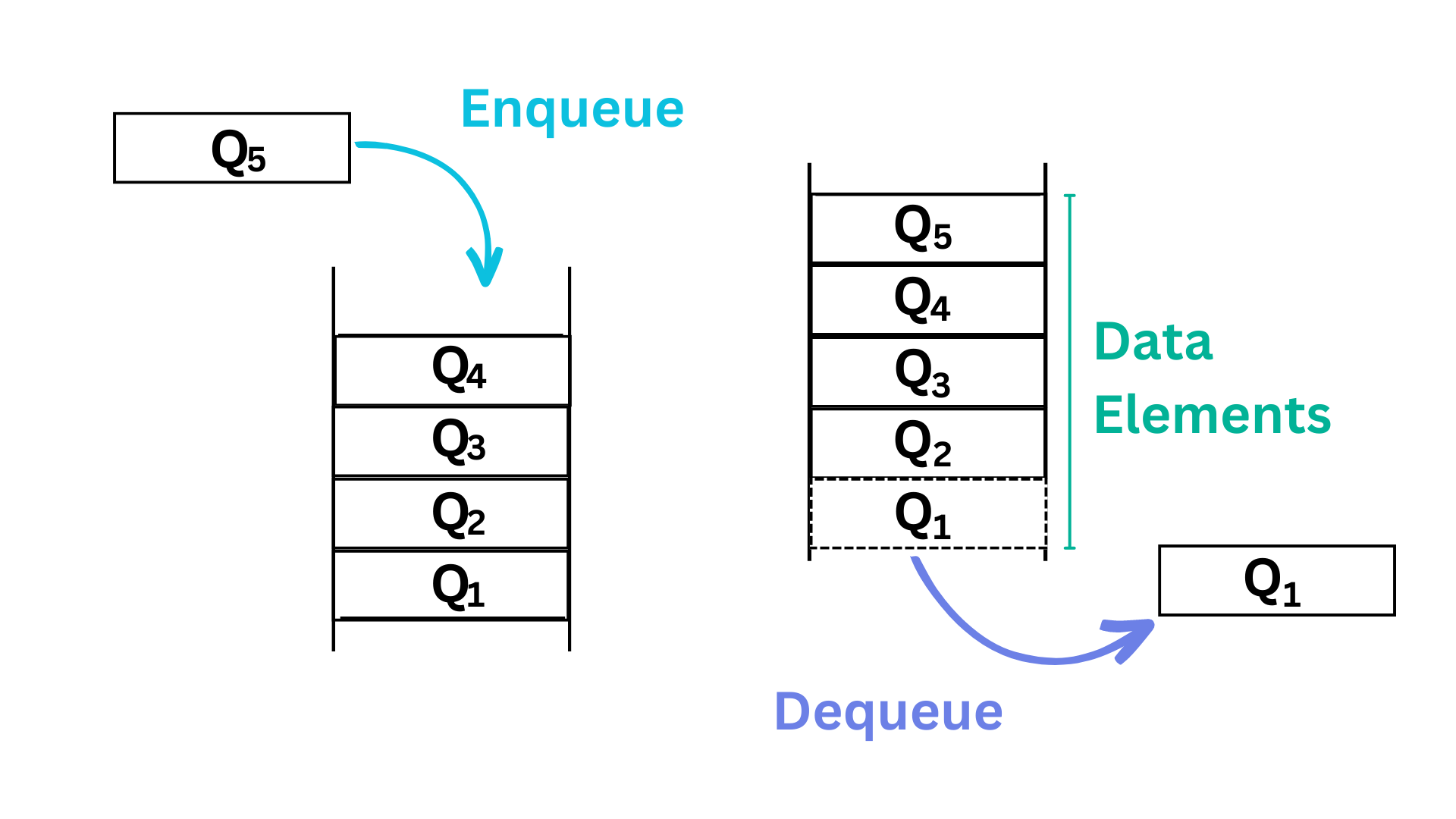
Stack Data Structures for Programmers
A stack follows the Last In First Out (LIFO) structure where the elements can be added and removed from the top side only.
Push (adding elements), Pop (deleting an element), and Peek (displaying stack content) are the three operations that can be performed using the stack data structure.
It can be either used for expression evaluation or function calls implementation in recursion programming.
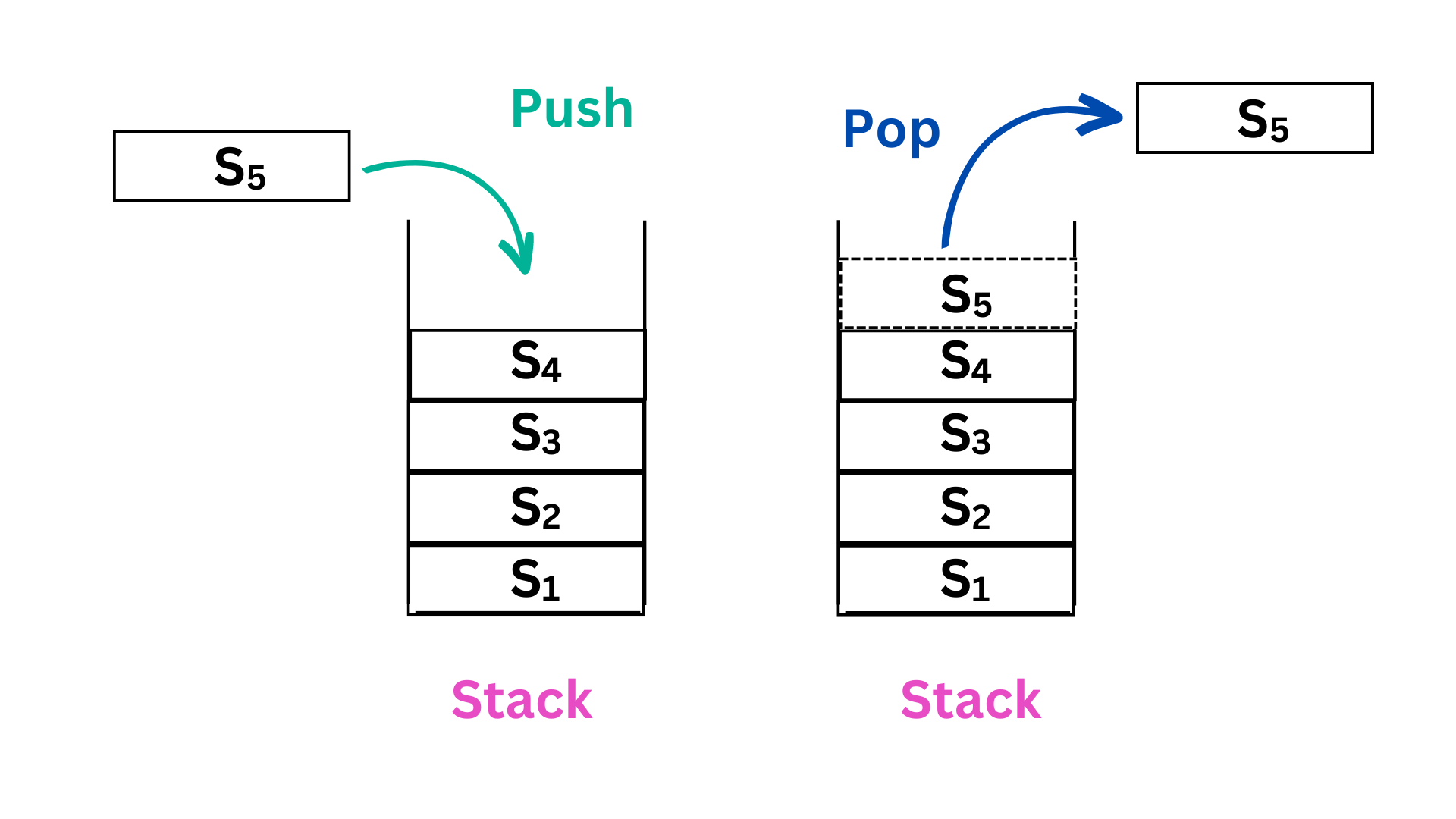
Non-Linear Data Structures for Programmers
In the non-linear data structure, any type of data element is stored inconsequentially where each element has multiple paths to connect. That being said, non-linear data structures have multi-level storage, making It impossible to traverse all the data in a single run.
Graphs Data Structures for Programmers
A graph is a set of nodes (vertices) and their connections (edges). These vertices and edges of the graph are denoted as G(V, E). Nodes and edges in the graph can be labeled or unlabelled.
Read: Graph Databases
Graphs can be created in one of two ways - directed and undirected. And these graphs are represented through an adjacency matrix or adjacency list. Graphs are used to represent search engine links and web pages, social media networks, and GPS routes for any location.

Trees Data Structures for Programmers
It is a hierarchical data structure, representing easy-to-navigate and search data. Trees are collections of nodes and edges with hierarchical relationships.
A node at the top of the tree is called ‘Root’ while the nodes below it are called ‘child nodes’. Trees consist of central, structural, and sub-nodes that form a recursive structure.
General tree (with no limitations on no. of child nodes), Binary tree (have a max of two child nodes), Balanced tree, and Binary Search tree (the value of the left node is less than its parent node and the right node’s value is greater than its parent) are the different types of tree data structures.
The tree data structure is used to store hierarchical data, allow fast data manipulation, implement priority queues, integrate database indexes, expression evaluation, quick pattern searching, and more.
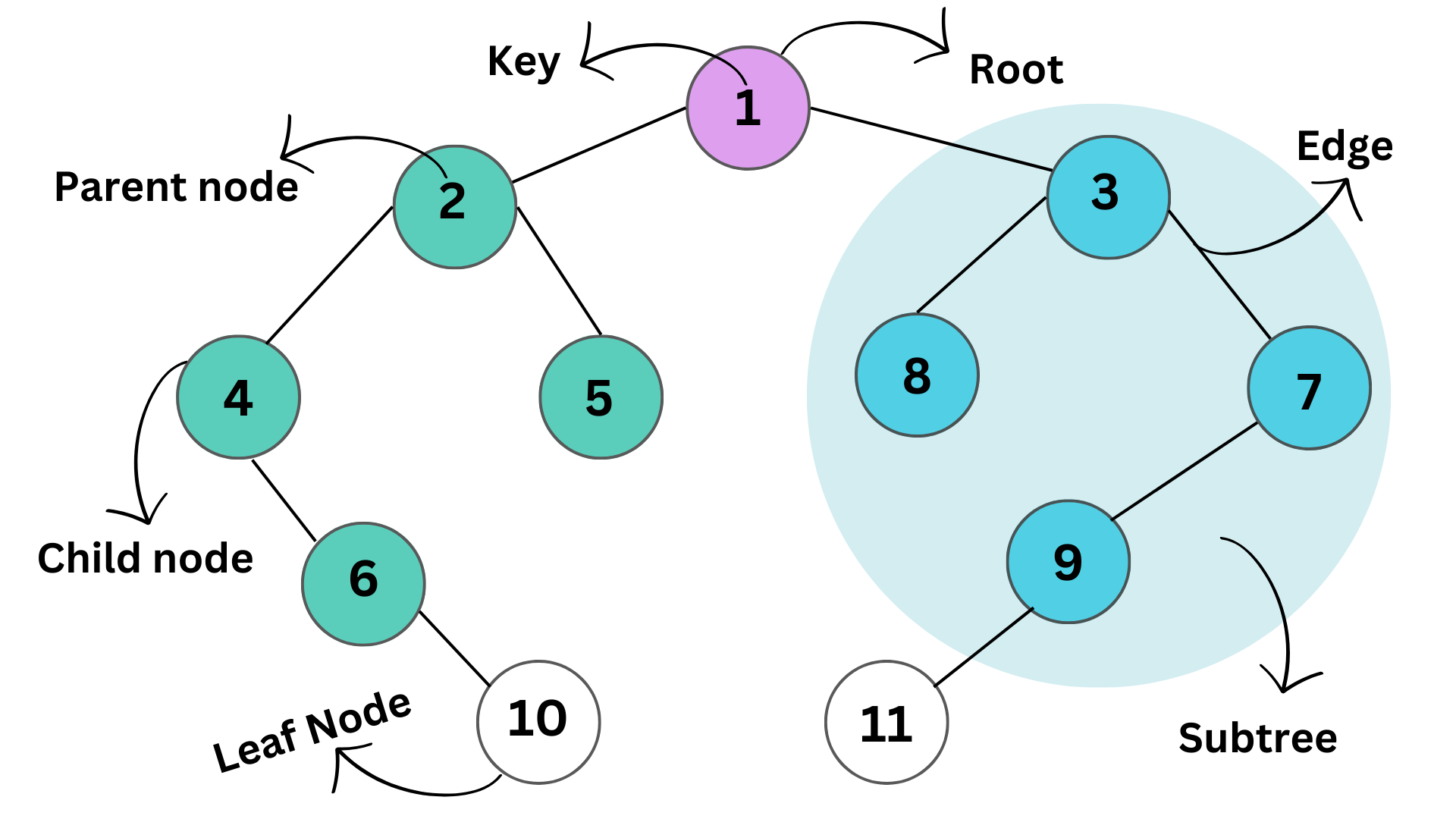
Conclusion
So that was all about common data structures. We hope this blog has helped clear the basic concept of data structures. For more programming information, follow us on our social media channels.
Also, if you want to know how we can help you in increasing your operational efficiency while reducing costs and saving your money, then get in touch with our experts who will help you find the right solution for your business to boost your ROI.
FAQs About Common Data Structures for Programmers
What are data structures?
Data structures define the way of storing and organizing data in local or cloud storage so that it can be efficiently accessed and used.
What are common data structures?
Arrays, Linked List, Queue, Stack, Graphs, Trees, Int, and Char are some of the most common data structures.
Is List a data structure?
Yes, a List is a data structure that stores data elements in sequential order separated by commas.



























